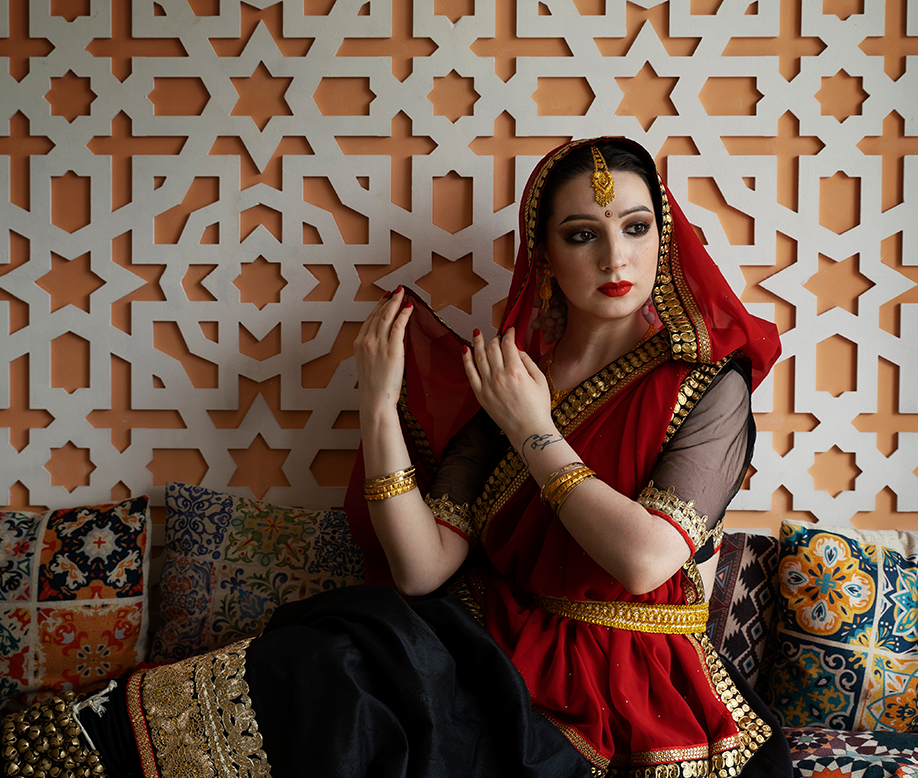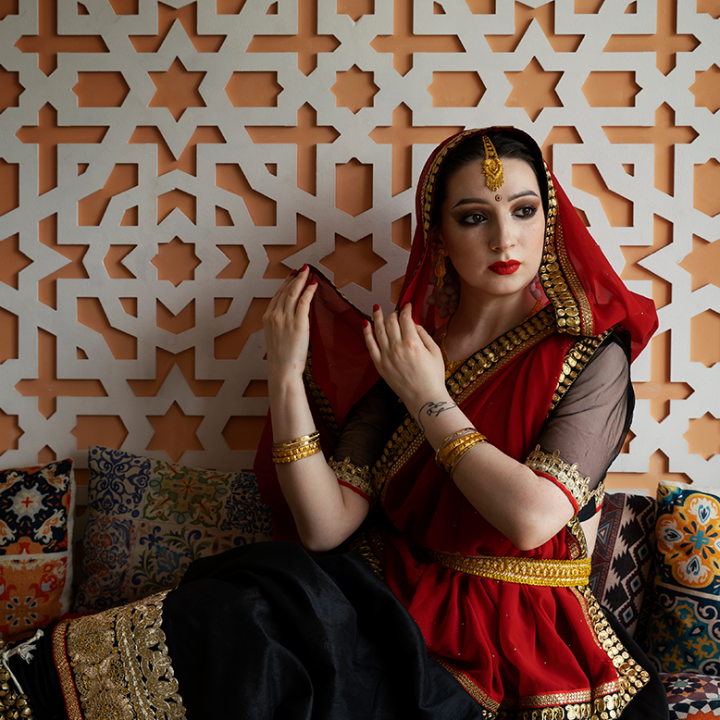
The Influence of Cultural Heritage on Contemporary Women’s Fashion
Cultural heritage has always played a significant role in shaping fashion trends, but in recent years, we’ve seen a resurgence of interest in ethnic and traditional styles. Women today are embracing the beauty and intricacy of cultural influences in their wardrobes, blending them with contemporary designs to create something entirely new. Whether it’s through the use of bold prints, unique textiles, or traditional silhouettes, cultural heritage is inspiring a fresh approach to modern fashion.
As global connectivity grows, so does the exchange of fashion ideas. What was once seen as regional or cultural-specific clothing has now become part of the global fashion conversation. Designers and consumers alike are increasingly looking to diverse cultures for inspiration, resulting in a rich fusion of styles that highlight the beauty of cultural diversity.
The Power of Prints and Patterns
One of the most visible ways that cultural heritage has impacted women’s fashion is through prints and patterns. Traditional motifs, whether from Africa, India, or South America—are being incorporated into modern garments in exciting ways. Vibrant, bold prints like floral patterns, geometric shapes, and tribal designs are now common on dresses, blouses, and even outerwear. These designs, while rooted in cultural history, are reimagined in contemporary fabrics and cuts, creating a fresh, modern aesthetic.
For example, the African kente cloth, known for its bright colors and intricate geometric patterns, has been embraced by fashion designers around the world. Similarly, the intricate embroidery found in traditional Indian garments, like sarees and lehengas, has made its way into everyday wear in the form of embroidered blouses, skirts, and jackets. These ethnic designs bring an element of storytelling to fashion, allowing women to connect with different cultures through their clothing.
Traditional Fabrics Meet Modern Construction
Cultural heritage also influences the types of fabrics used in contemporary women’s fashion. Many traditional textiles, such as silk, wool, and cotton, are being reinterpreted in modern designs. These fabrics are celebrated not only for their beauty but also for their sustainability. The use of natural fibers, which are biodegradable and often produced using eco-friendly methods, is helping to reduce the environmental impact of the fashion industry.
Women’s fashion is increasingly embracing these materials, not just for their environmental benefits, but also for their luxurious feel and timeless appeal. For instance, the lightweight feel of cotton, used in everything from summer dresses to blouses, provides comfort without sacrificing style. Similarly, the use of organic silk in evening gowns or casual wear adds an element of sophistication and elegance, demonstrating how cultural textiles can work in modern settings.
A Fusion of Styles
The most exciting aspect of the influence of cultural heritage on contemporary fashion is the blending of styles. Designers are no longer limiting themselves to a single cultural influence; instead, they are fusing elements from various traditions to create something entirely unique. This fusion of styles celebrates cultural diversity and promotes inclusivity within the fashion world.
For instance, a contemporary designer might pair a traditional kimono-inspired jacket with a pair of tailored trousers or combine the flowy silhouette of a Moroccan caftan with modern sneakers. These combinations offer women the opportunity to incorporate the beauty of cultural heritage into their everyday wardrobes while remaining stylish and relevant to the present.
Embracing the Global Fashion Conversation
What’s truly remarkable about this trend is that it’s not limited to high fashion or runway shows. Cultural influences are making their way into streetwear, athleisure, and even office wear. More and more women are discovering the joy of wearing pieces that carry cultural significance, and they’re integrating them into their personal styles in ways that reflect their individuality.
The global nature of the fashion industry means that ideas from one part of the world can quickly become mainstream in another. Women are increasingly aware of the importance of supporting cultural diversity and celebrating it through their clothing choices. Wearing garments that reflect a blend of global influences not only highlights a woman’s sense of style but also her appreciation for the richness and complexity of different cultures.
The Future of Fashion: A Cultural Renaissance
Looking forward, it’s clear that the influence of cultural heritage on women’s fashion is only going to grow. As women continue to seek out clothing that speaks to their diverse identities and backgrounds, the fashion industry will continue to embrace these cultural influences. What we are witnessing is not just a passing trend, but a cultural renaissance, a celebration of the beauty of traditions from around the world, reimagined for the modern woman.
Fashion is, at its heart, about storytelling. The clothing women wear today tells the story of their own unique journeys, as well as the rich, colorful histories of cultures that have inspired them. As the fashion world becomes even more globalized and interconnected, it will be exciting to see how cultural heritage continues to shape the future of women’s fashion.




